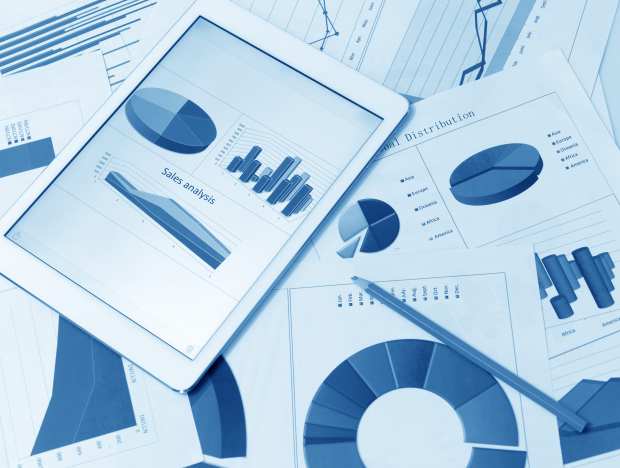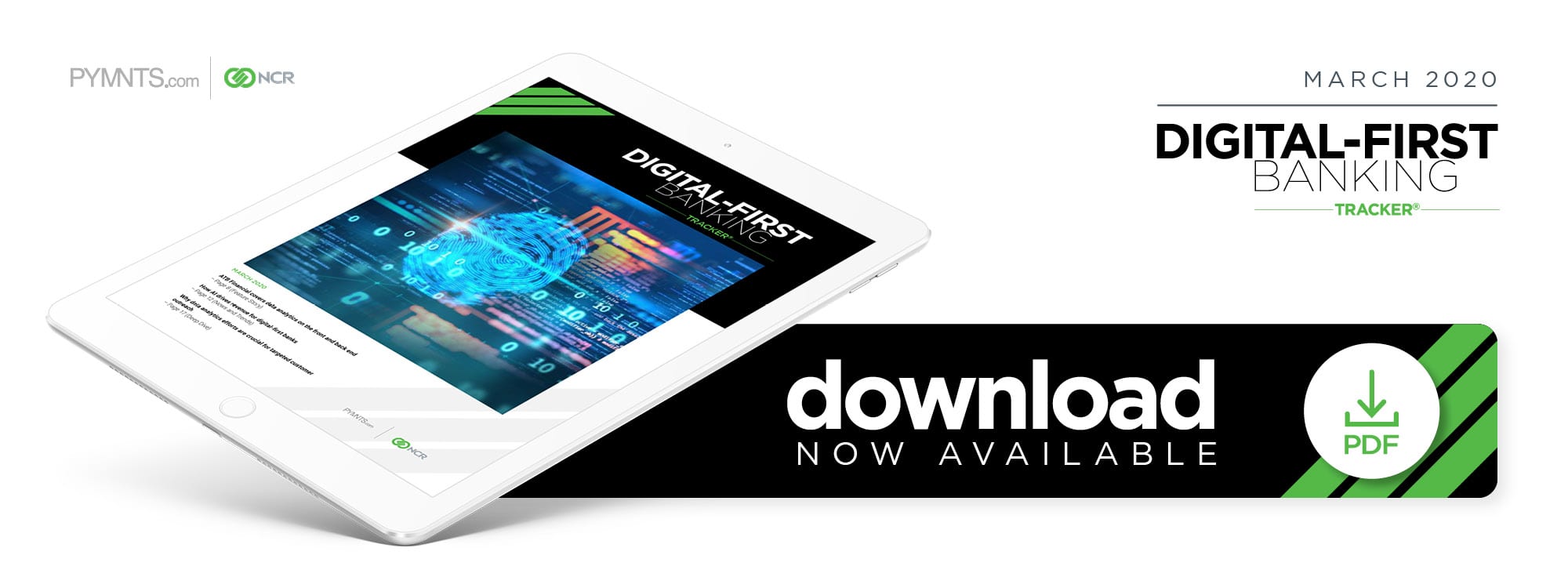Deep Dive: Digital-First Banks Harness The Power Of Data Analytics

Financial institutions (FIs) face a perennial challenge in their day-to-day operations — convincing customers to use their products and services rather than a competitor’s.
This issue is present in almost every industry, as the $70.3 billion spent on TV advertising in 2019 illustrates. FIs have an intrinsic advantage in offering customers the right products at the right times, however. Every interaction tells banks what customers actually want, meaning FIs just need the right tools to interpret this data.
One of the most powerful tools in the financial sector is data analytics. Big Data analytics reached a market valuation of $29.87 billion in 2019 and is projected to total $62.1 billion by 2025, with banks of all sizes leveraging such capabilities. Data analytics can give banks valuable insights into their customers’ financial lives and help them offer tailored financial products. Combining this technology with artificial intelligence (AI) can boost customer engagement and have innumerable benefits for FIs of all sizes and types.
What is Data Analytics?
Data analytics has many purposes in the banking industry, ranging from improving cybersecurity to reducing customer churn. Every interaction — from ATM withdrawals to loan applications — provides FIs with valuable data about customers’ financial lifestyles. Banks can even harness external regulatory, trading and social media engagement data, all of which can be processed and analyzed to benefit their operations.
Financial data is useful in helping banks develop wide-reaching marketing campaigns, but social data is critical to developing offers for specific customers. Santa Rosa, California-based Redwood Credit Union, for example, found that social data was particularly important when offering auto loans. It initially extended preapproval for such loans every two years based solely on members’ credit scores and vehicle purchase histories, but it soon discovered that there was a much more reliable indicator and updated its preapproval frequency accordingly.
“If you buy a car and you happen to have a partner in the household, then within nine months, that partner will [likely] want a new car as well,” Tony Hildesheim, Redwood’s chief information officer, told PYMNTS in an interview. “If the husband buys a truck, the wife’s going to want a new Volvo.”
This episode underscores that data for targeted customer offerings can come from anywhere and is not necessarily the result of meticulous number crunching. When number crunching is needed, however, data analytics can help.
Data Analytics Behind the Scenes
Big Data significantly affects banks’ back-of-house operations as well as their customer-facing processes. It is key to risk management functions, which entail assessing the likelihood that any given transaction could be fraudulent or present a credit risk. Data analytics systems can analyze thousands of variables for each transaction, including applicants’ lending histories, past transactions associated with their credit cards or individual items in their credit histories. This gives bank staff educated predictions regarding interactions’ risk factors.
Human analysts can accomplish such analyses, but automated systems can complete them much more quickly. Bank of America (BoA) is one notable success story in the field of analytical risk assessment. Its Corporate Investment Group (CIG) used a data analytics system to calculate the default probability of approximately 9.5 million mortgages, reducing the calculation time from 96 hours to just 4 hours. Banks looking to emulate BoA’s data analytics advancements have their work cut out for them, though, as system integration requires cooperation among all bank departments.
How Banks Can Develop Data Analytics Programs
Developing a data analytics system starts with assembling a team of representatives from every bank department, including corporate banking, home loans, investment banking, retail lending and more. New teams must then identify a core problem that data analytics can solve, such as developing targeted car financing offers. This helps teams focus on specific goals, thus preventing mission creep and determining which analytical software is needed.
Banks can explore analytical software options only after they set goals, and their developer partners must have appropriate tools that can be incorporated into their day-to-day processes and core banking architecture. Many developers will work with analytics teams to create propensity and statistical models as part of this process.
The road is painstaking, disruptive and expensive, but it will be worth it for banks that undergo the process. As more FIs of all sizes undertake these programs, those that do not risk falling behind.

